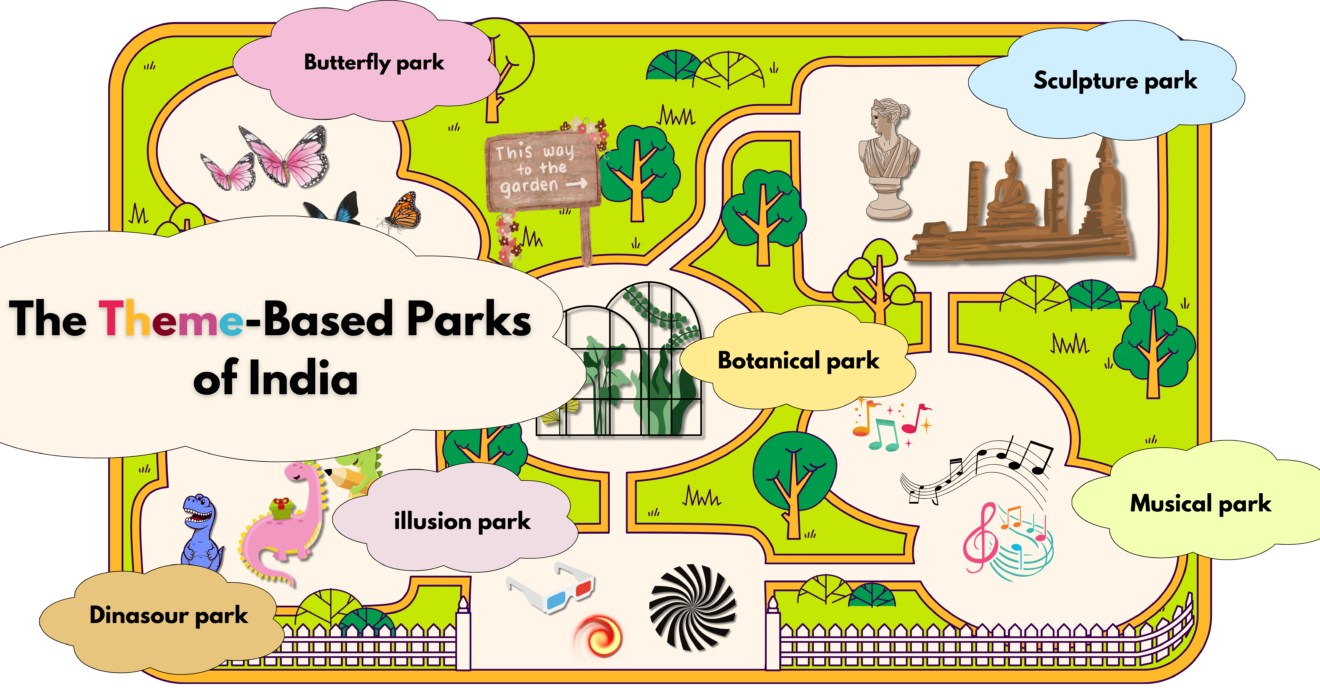Imagine a place where education and entertainment blend seamlessly together, where visitors of all ages can learn, grow, and have fun in a unique and immersive environment. Welcome to the world of theme-based parks, where the boundaries of traditional learning are pushed, and the possibilities are endless. Unlike traditional amusement parks that mainly focus on thrill rides, these themed spaces transport visitors into beautifully curated worlds, reflecting diverse themes ranging from mythology and cultural heritage to adventure and nature. Parks and gardens like the Japanese Garden, Butterfly Garden, and Healing Garden attract families, young adults, and tourists seeking memorable and enriching experiences in thoughtfully designed environments. Learn what is Biodiversity Park ?
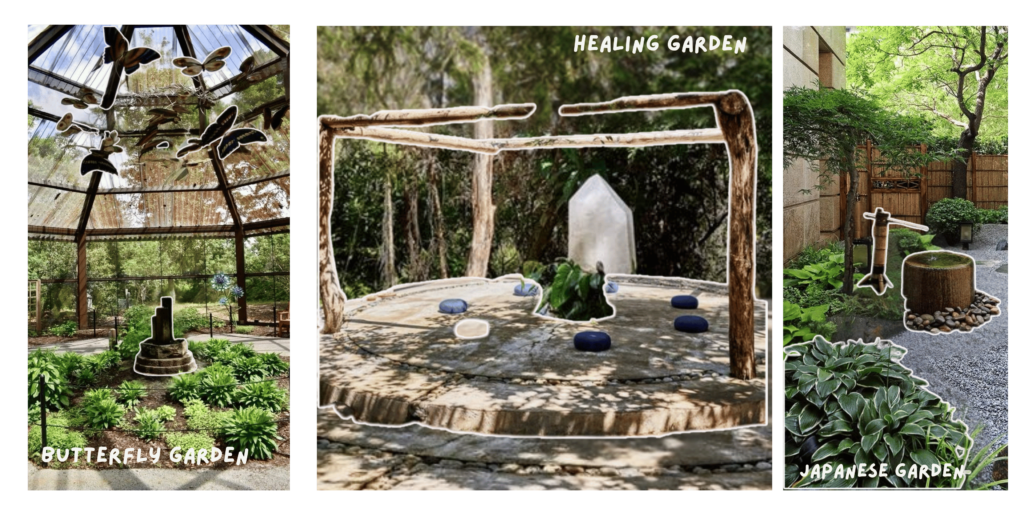
Did you know ? the largest butterfly garden in the world is the Butterfly Rainforest at the Florida Museum of Natural History, covering over 6,400 square feet.
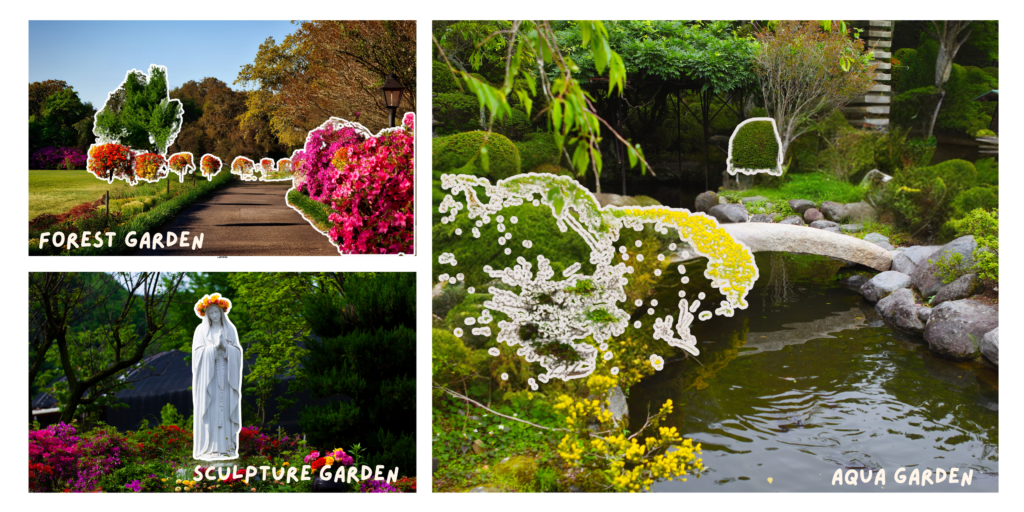
To truly appreciate how we got here, let’s take a look back at the evolution of theme parks and gardens in India. The history of these parks can be traced back to the early 1990s when pioneering establishments began laying the groundwork for a new kind of entertainment. Over the years, the landscape has transformed, introducing diverse themed parks and gardens such as the Forest Garden, Sculpture Garden, and Aqua Garden. With each passing year, these places have become more than just attractions; they symbolize a growing inclination toward thematic entertainment and eco-consciousness, enriching leisure experiences for visitors while reflecting the local culture.

Now, consider the magic of theming. It’s a game-changer when it comes to engaging visitors. When you walk through a place like the Musical Garden, the sounds and sights around you create an atmosphere that’s hard to forget. It’s not just about having fun; it’s about building connections that make people want to come back to relive those wonderful moments. Themed parks have mastered this art, turning ordinary visits into extraordinary adventures that entertain and leave lasting impressions.
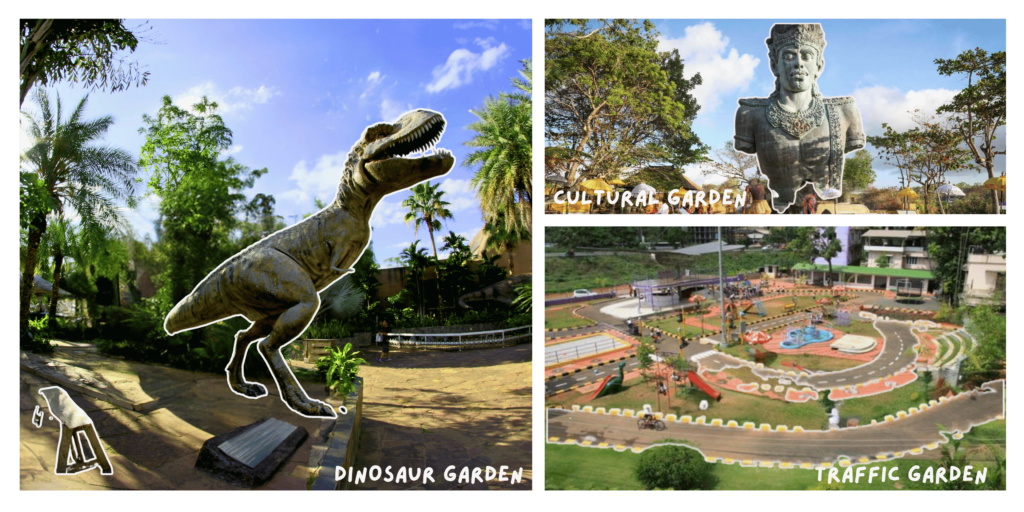
What’s even more exciting is the variety of themes these parks offer! Think about it…Cultural parks showcase the beauty of India’s heritage, with performances and traditions that make our roots come alive. In contrast, fantasy-themed parks whisk you away into magical realms filled with wonder. And let’s not forget the adrenaline junkies! Adventure parks, like the Dinosaur Garden and Traffic Garden, cater to those seeking thrills and excitement. This range of experiences means there’s something for everyone, making parks a beloved destination for families and individuals, no matter their age.

When it comes to design, there’s so much thought that goes into creating these amazing spaces. Designing a theme-based park or garden is like crafting an intricate story, where every detail matters. Imagine lush landscapes adorned with local art and flowers, like in the Xeriscaping Garden, which not only looks beautiful but also promotes sustainability. This attention to detail helps visitors feel connected to the place, turning a simple day out into a meaningful experience that lingers in their memories.

Planning and Funding
However, establishing such enchanting parks requires solid planning and funding, Creating theme-based parks and gardens in India is an ambitious endeavor. It takes considerable investment—not just to build, but to maintain and improve, too. For those dreaming of making these visions a reality, it’s crucial to develop a thoughtful financial plan. This might mean seeking partnerships or support from government initiatives, ensuring that your park can thrive and grow, much like the wonderful gardens they inspire.
The future of theme parks and gardens in India appears promising, with a growing emphasis on sustainability and inclusivity. As consumer awareness surrounding environmental issues increases, parks are increasingly adopting eco-friendly practices, such as utilizing renewable energy and promoting resource conservation. Additionally, the expanding middle class and rising disposable incomes are likely to drive demand for diverse attractions tailored to various preferences and age groups. The ability to innovate and adapt will be essential for theme parks and gardens to maintain competitiveness in this evolving market.
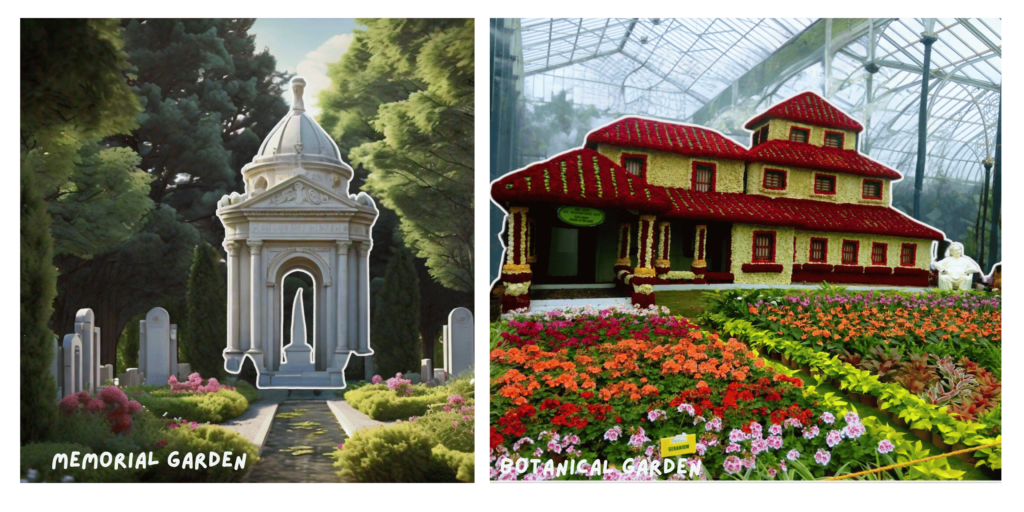
By studying successful parks and gardens, we can gather great ideas for keeping visitors engaged. Take, for instance, the Botanical Garden and Memorial Garden. These spaces work wonders by blending nature with culture, offering tranquil spots for relaxation and exploration. The Forest Garden captures visitors’ hearts by promoting ecological diversity while showcasing sustainable practices. It’s a beautiful example of how theme-based entertainment can enrich our lives and connect us to our surroundings.
In conclusion, theme-based parks and gardens in India aren’t just places to visit; they’re vibrant experiences waiting to be discovered. With their rich stories, innovative designs, and wide-ranging themes, they offer something special for everyone. As we look to the future, a commitment to quality, safety, and guest satisfaction will help ensure these parks continue to thrive. More than just entertainment, they create lasting memories and deepen our appreciation of our cultural tapestry. So, the next time you visit one, take a moment to soak in everything it has to offer—it’s a journey worth embarking on!
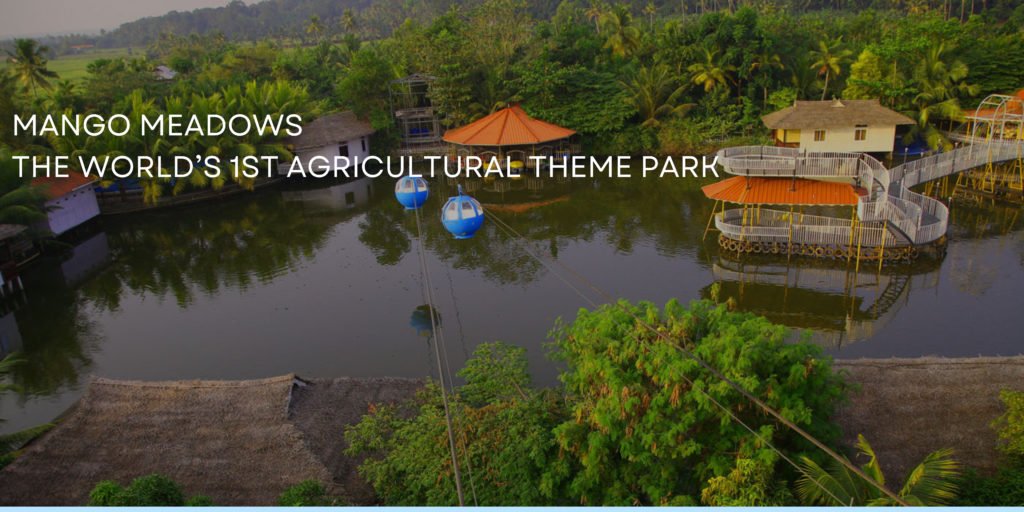

Written by
Anjeeta Goud
Team- Business development and Strategy
Terracon Ecotech
Reference :

